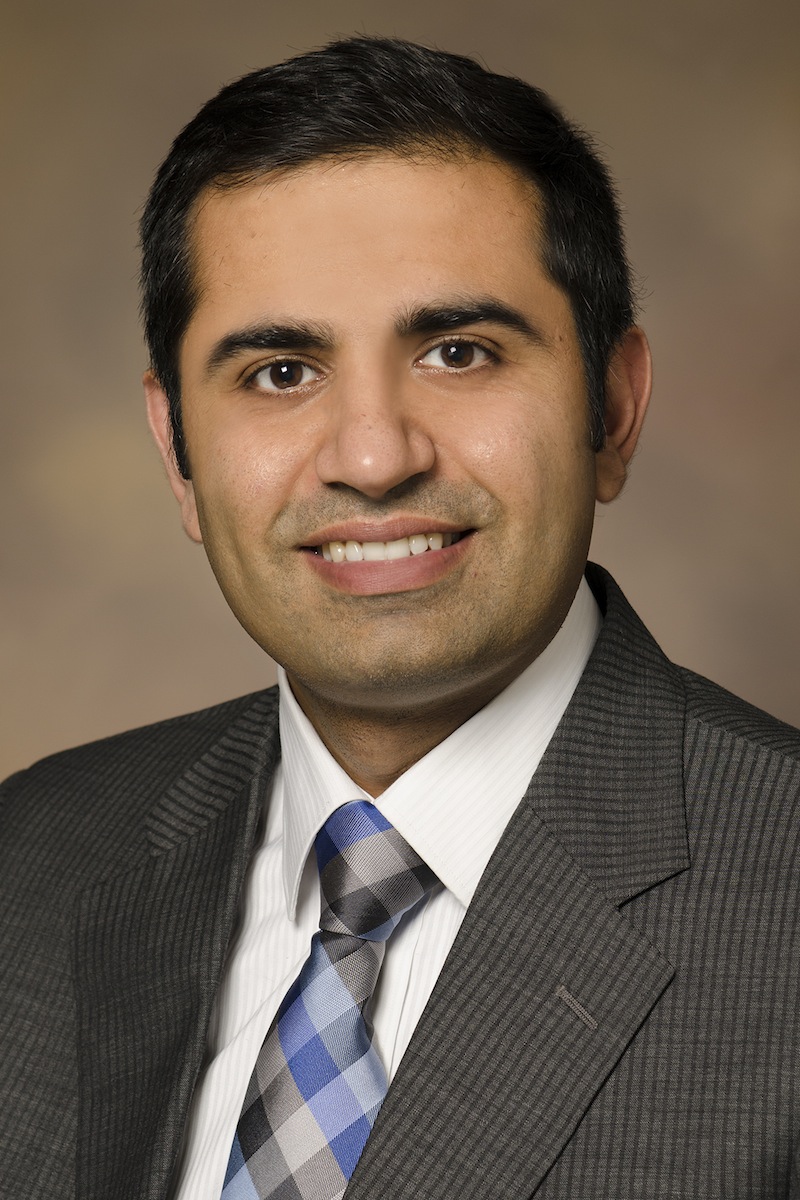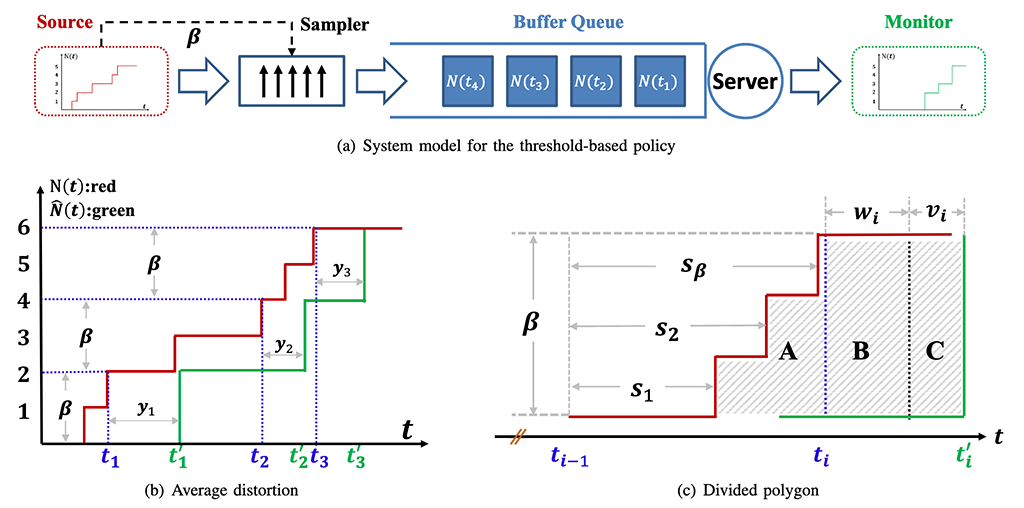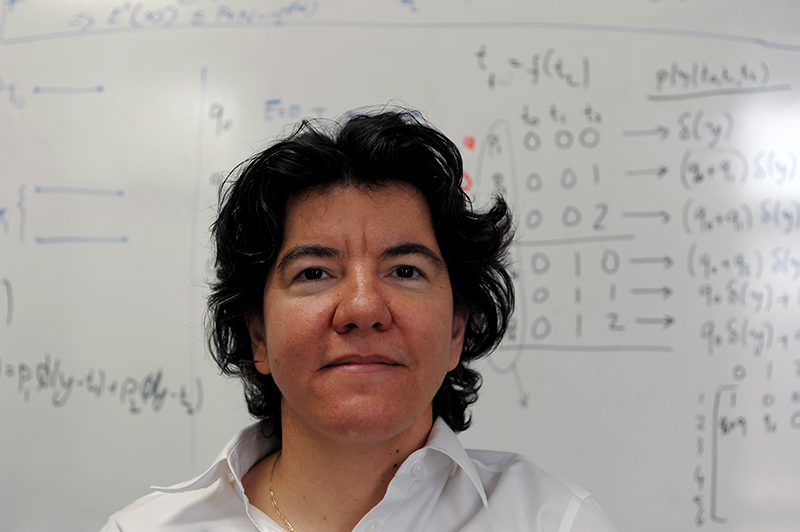News Story
Ulukus is PI for NSF grant on energy harvesting wireless communication devices
Professor Sennur Ulukus (ECE/ISR) is the principal investigator for a three-year, $250K, NSF Communication and Information Foundations grant, “Foundations of Energy Harvesting Wireless Communications.”
Continuing her work on devices that operate with energy harvested from the environment, Ulukus will establish fundamental performance limits and design principles for wireless communication networks containing them.
Ulukus identifies the randomness, intermittency, and causality of energy availability, and the uncertainty about the energy states of the transmitters at the receivers, as new ingredients to be incorporated in determining the fundamental performance limits of energy harvesting wireless communication systems. She will determine the information theoretic capacity of an energy harvesting link and the accompanying optimum coding and transmission scheme by incorporating energy harvesting constraints into the information theoretic capacity formulation.
In addition, Ulukus will identify the information capacity of multi-user, multi-hop, cooperative energy harvesting networks. She also will incorporate practical issues such as imperfections in storage and retrieval of energy to and from the battery, and leakage of energy over time, into rigorous information theoretic capacity formulations. Finally, Ulukus will make connections to estimation, privacy and security by investigating state amplification, state masking and secure data transmission problems.
Energy harvesting systems such as these are envisioned to enable energy self-sufficient, self-sustaining, perpetually operating wireless networks and untethered mobility. As such, they will enable new societal, medical, environmental, monitoring/surveillance and safety applications which are otherwise difficult or impossible with conventional battery-powered operation. These applications range from enabling perpetual remote environmental monitoring and surveillance, structural monitoring to on and in-body networking for health monitoring, medical diagnosis and treatment.
Published September 2, 2014








